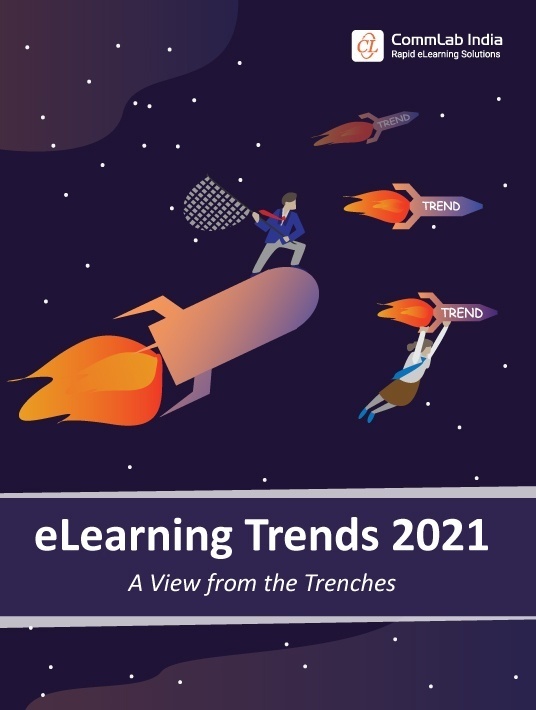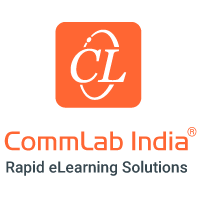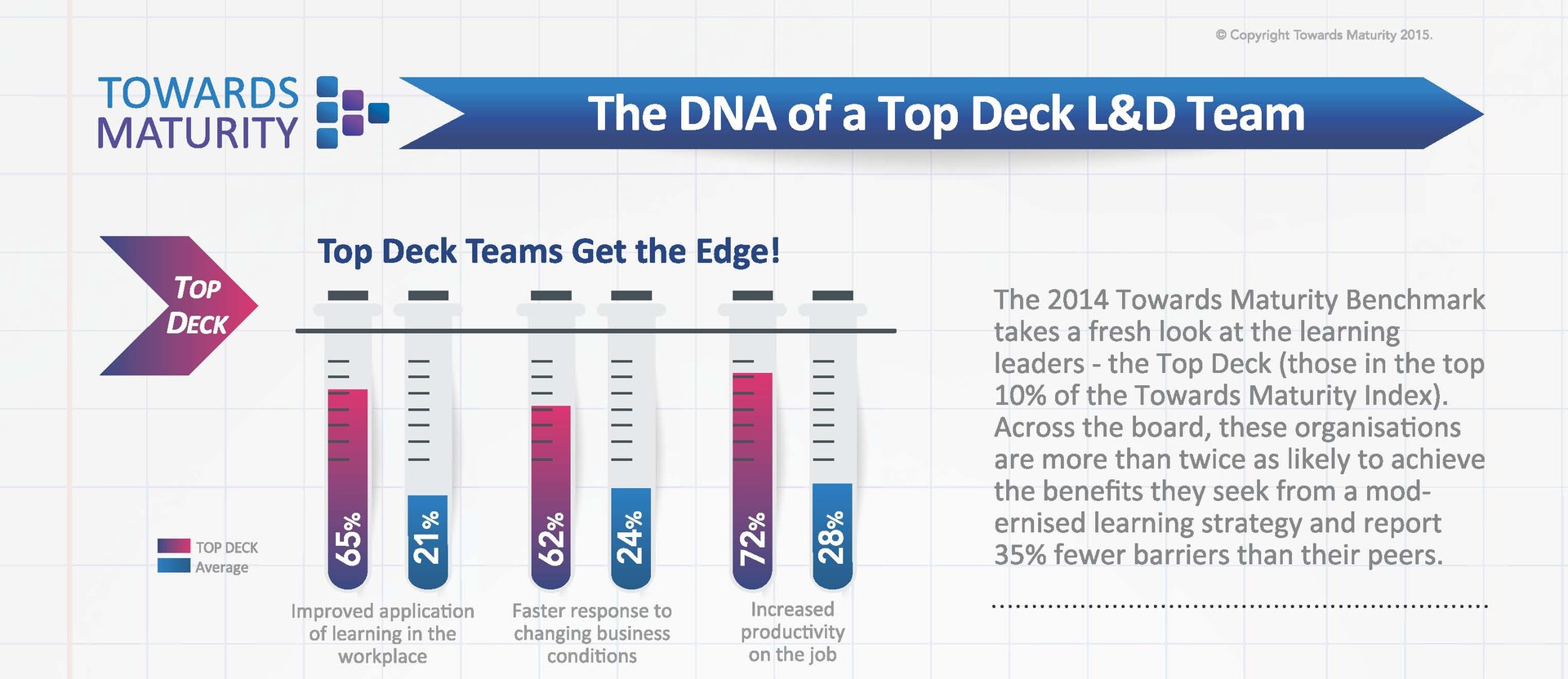Use High-Impact Continual Learning To Help Your Learners Achieve Their Goals
High-impact continual learning is a process, and offering our learners continual learning opportunities along the journey will help them beat the forgetting curve. And irrespective of the format, for training to be effective, it has to be aligned with the business objectives. Cascading learning objectives from the desired organizational results and employee performance will ensure the training program will improve performance, helping learners solve problems, overcome challenges, or enhance their knowledge, skills, and attitude. First, let's explore how to facilitate continual learning that leaves a lasting impression, before moving onto integrating learning resources with an LXP to personalize the process.

How Can We Facilitate Continual Learning?
There are a variety of training formats at our disposal that can be used to offer learners a blended journey that starts even before training (prepping them for the training) and extends after formal training (in the form of performance support job-aids).
Formats For Learning
High-impact continual learning can have various formats, such as:
Live Formats
- Instructor-Led (classroom) Training
- On-the-Job training
Social Learning
- Discussion boards
- Online forums
Virtual Collaboration/Synchronous
- Live eLearning classes
- eMentoring
Virtual Collaboration/Asynchronous
- Bulletin boards
- Online communities
Self-Paced Learning
- Web learning modules
- Simulations, scenarios
- Video
Performance Support Systems (EPSS)
- Job-aids, how-to videos
- Mobile applications
- Performance/decision support tools
How Can We Deliver High-Impact Learning?
Guided Learning
Uses characters/avatars to accompany learners through an online course, letting them make their own decisions.
- Sales training
- Software training
- Process training
- Performance management training
Scenario-Based Learning (Problem-Based Learning)
Puts learners in situations where they learn by doing tasks or making decisions. It helps build critical-thinking skills and apply knowledge gained directly on the job.
- Compliance training
- Policies/legal training
- Sales training
- Code of conduct training
- Behavioral training
Learning Through Exploration And Discovery (LEAD)
Provides learners the flexibility to discover and assimilate knowledge by interacting with the learning environment.
- New employee orientation
- Safety training
- Product training
- Site training
Game-Based Learning
Uses game elements to facilitate effective knowledge transfer, build an emotional connection, elicit responses from learners, foster competition, and help retain knowledge longer.
- Information training
- Code of conduct training
- Sales/product training
Simulations
Provides learners a safe environment that mirrors the actual system to help them practice using the system/product without any repercussions.
- ERP/software training
- Product training
- Safety training
Where Are You In Your Learning Journey?
An LXP can help you enrich the continual learning experience. However, before you consider integrating your learning resources with an LXP, ask yourself this simple question: Where are you in your learning journey? As you advance along the journey, having an LXP is a good idea to give learners autonomy over their learning and to consolidate the resources you have across multiple sites. An LXP is a content aggregator with the main focus on the experience of learners. An LXP can bring together content from different courses such as:
- An off-the-shelf content library
- LMS
- Intranet
- SharePoint portal
- Collaborative platforms such as MS Teams
Contrasting The LXP, LMS, And LCMS
The LMS (Learning Management System) can host learning resources, with a focus on tracking learner progress and generating reports. An LCMS (Learning Content Management System) helps facilitators, Subject Matter Experts, and trainers create, publish, and share content—with version control. The focus is on efficient content creation and Just-In-Time delivery.
More About An LXP
Powered by Machine Learning and Artificial Intelligence, an LXP makes each learner the architect of their learning journey, builds individual learning paths, and offers truly personalized learning by bringing up learning resources based on preferences, skills to be developed, past choices, and more. This integration also helps learners avoid the hassle of logging into each individual site and looking for resources.
Here are some of the things that LXPs can do to help you with integrating your learning resources with an LXP:
- Offer content with recommendations based on ML and AI
- Curate and host any form of content
- Offer personalized automated learning paths that lead to logical outcomes
- Support social learning
Beyond High-Impact Continual Learning
Would you like to explore even more 2021 eLearning trends? Download the eBook eLearning Trends 2021: A View From The Trenches. It also features insider tips to use learning tech to provide a seamless online training experience.










